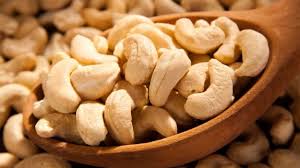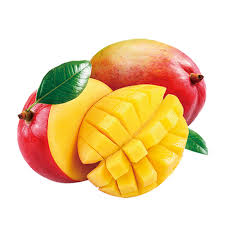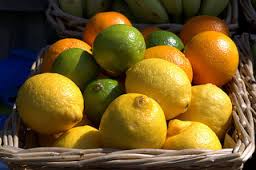I like to make myself improved and rejuvenating shakes. A real treat. Nothing like the minimalist and classical strawberry-banana-date shake (although I also enjoy this combination sometimes).
A good shake feels like a morning culinary treat to me, and fills me for a few good hours without weighing on my stomach, until I'm really ready to arrange a meal for myself. One of my favorite ingredients in a shake is the nuts – hazel, walnut, cashew, almond… they add to the creamy and fun texture, and contain good fat that I’m always happy to add to my diet, and… Well, they taste good. But, one of those nuts on this list is not a nut at all, but a fruit. It does not make it less tasty or nutritious, but nevertheless – the cashew is not a nut.
The cashew tree likes to grow in tropical and subtropical climates, while the countries that commercially produce cashew nuts are Ghana, the Ivory Coast, Brazil (which is also its origin), Indonesia, Vietnam, Nigeria and India – from which we recently began receiving organic and delicious cashews. The tree is considered to be of a medium height, although it may rise to 12 meters without no special effort. The Hebrew Academy decided to grant it the non-flattering name "תולענה".
From between the cashew flower petals a fruit develops, and if we expect the cashew nut to hide inside it, as typically the seed is hidden inside the fruit, this is where the surprise awaits us. The cashew fruit, also called the cashew apple, is actually a pseudo-fruit (a fruit that has developed from other parts of the flower, not only the ovaries).
It is tasty, and is locally used to make fresh juice (just like we can find orange juice at any juice stand on the street), but only locals get to taste it because it spoils too quickly and can not be exported. The part we call a "cashew nut" grows on the fruit's nipple, where the flower was – and it is the real fruit.
The cashews (we'll call it a nut, for convenience…) can not be picked off the tree and eaten. Not only because it is dangerous to eat nuts at a height of 12 meters, but also because there is a poisonous substance hidden beneath the cashew peel that needs to evaporate before we can eat the nut.
Therefore, after the cashew apple with it’s attached nut-fruit is picked, they are separated. The apple can be eaten or used to make juice. The nut, with its poisonous peel, is sent to be heated in a steam boiler (this stage should not be skipped, since exposure to the toxic resin inside the peel can cause a rash at best or poisoning in the less sympathetic case). After the vapor treatment the nuts are removed and proceed with processing – manually: the outer peel is removed and then undergoes manual inspection to ensure that no peel residue remains. Therefore, even “natural” cashew nuts, which have not been roasted and treated in a roasting place, nevertheless underwent some heating.
Using cashews is a wonderful solution for those who want to reduce their intake of animal proteins, but still want to enjoy the flavor of spreads and cheese-like products, since cashew butter, cashew spread and cashew cheese are very similar in texture and delicious!.
100 grams of cashews contain about 12 grams of protein and about 6 mg of iron.
The cashew is also a good source of iron, potassium and vitamin B.
I found a nice recipe here: https://vegansontop.co.il/cashew-nut-cheese/
To health!
Yours,
The garden team
We can expect to receive in our organic vegetable baskets (draft only):
Cucumbers
Tomatoes
Lettuce
Potatoes
Parsley
Celery
Peppers
Swiss chard
Kohlrabi
In the LARGE vegetable baskets also:
Cabbage
Sweet potatoes
Cilantro
In the organic fruit baskets:
Bananas
Oranges
Red grapefruit
In the LARGE fruit baskets also:
Sweetie
More oranges












